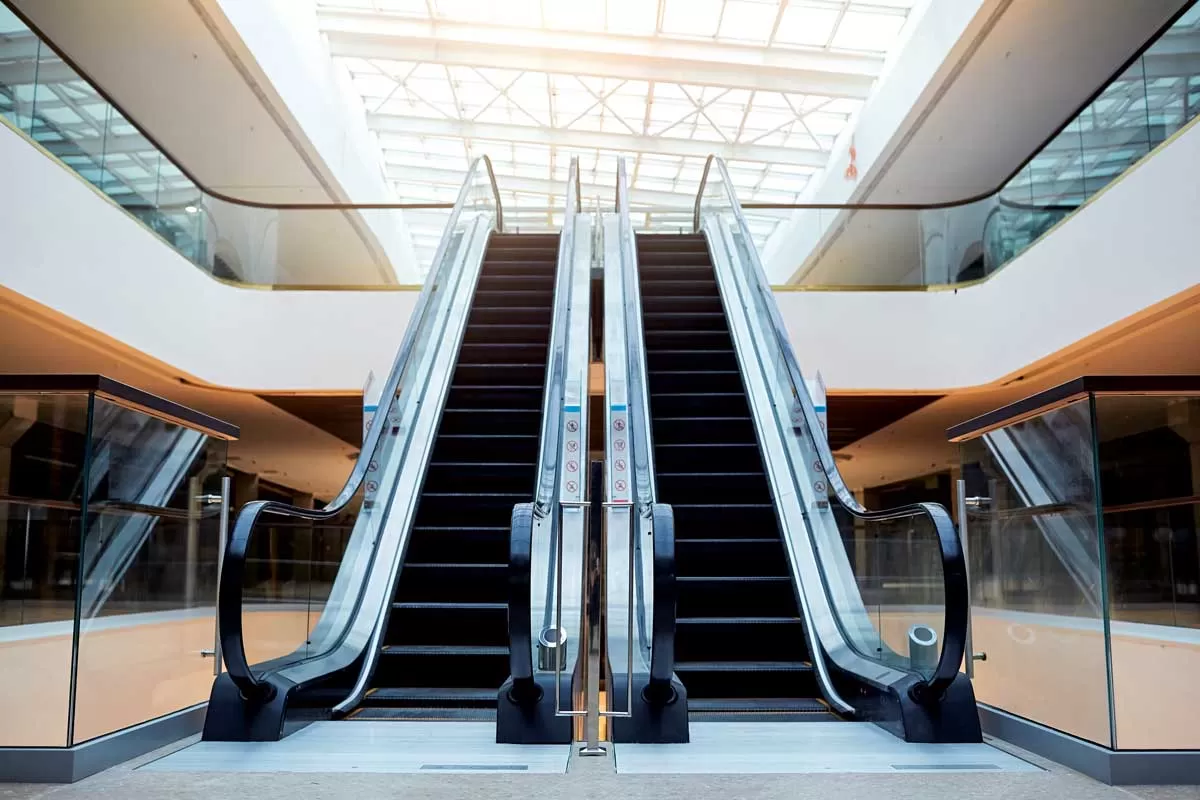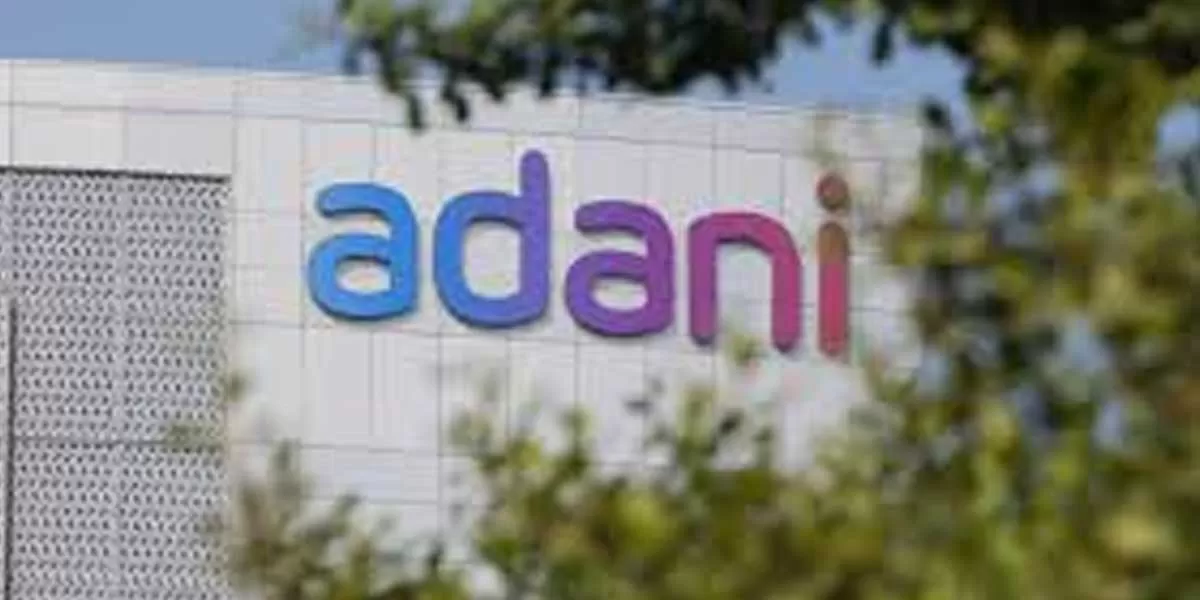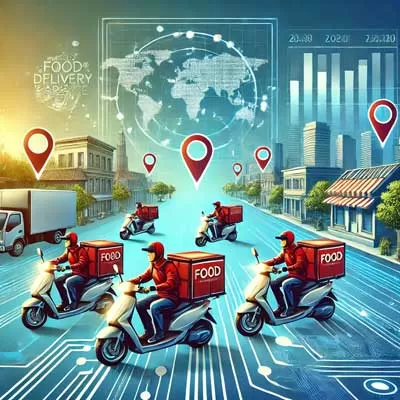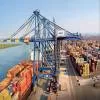The Indian elevator market was valued at $ 3.94 billion in 2022, and was expected to grow at a CAGR of 8.9 per cent through 2029 to touch $7.16 billion, according to Maximize Market Research.The key driver of this growth is the construction of residential, commercial and infrastructure structures to meet the needs of rapid urbanisation, population growth and a growing aspirational middle class. North India, primarily Delhi-NCR, is driving this expansion, followed by West India, primarily Mumbai and Pune.CW explores the preferences and suitability of elevators for different classes of buildings.HospitalsIn hospitals, elevators are integral to vertical transport, even in low-rise structures, particularly for differently abled individuals and patients, points out Sharad Saxena, Vice President – Engineering & Projects, Sahyadri Hospitals. “Consequently, of the various elevator types catering to different functions (passenger, goods, stretcher, bed, car, dumbwaiter and capsule), the bed elevator is best suited to transporting patients with their medical paraphernalia and two support staff. The ideal internal dimensions of bed elevators for hospitals are 1.5 m (width) by 2.5 m (depth), with a door that is 1.2 m wide and 2.1 m tall.”Saxena believes that the common practice of specifying elevators by passenger count potentially overlooks the specific needs of hospitals. Regulatory norms governing this category are yet to be released by the relevant licensing authorities and he hopes these will align with the practical requirements of hospitals.For instance, Saxena points out that the speed of hospital elevators is a critical feature. “We need swift transportation while considering the sensitivity of cardiac patients during downward movement,” he says. “An optimal speed is 1 m per second for a building of eight to 10 floors. Equally vital is the automatic rescue device, to be activated during power outages, to guide the elevator car to the nearest floor and automatically open the doors.”MetrosDelhi Metro Rail Corporation (DMRC) uses a traction sheave elevator for more energy-efficient operations compared to energy-guzzling hydraulic elevators, shares Anuj Dayal, Principal Executive Director, DMRC.“It has also adopted machine-room-less technology, a revolutionary concept in elevators wherein all the components of the traction system – the motor, brake, driving sheaves, anti-vibration supports, hoisting ropes, etc – are mounted in the elevator shaft. Machine-room-less elevators are gearless, for efficiency, and the motor is fixed to the guide rails, for compactness. Both the controller and machine are integrated into the elevator shaft, minimising the external space requirements. A maintenance access panel is located in the landing for ease of maintenance. The car operating panel includes vital functions like an alarm, intercom, door controls and a fan switch. Hall call buttons facilitate smooth operations. 3D curtain sensors and photocell sensors have been used for the automatic opening and closing of the lift doors.”Most of the elevators in the DMRC network connect two levels, the ground-concourse and the concourse-platforms levels, explains Dayal. “But in some stations, elevators up to a maximum of four landings have been used to cater to the extra floors. If the distance between two landings exceeds 11 m, an extra dummy landing is provided for emergency evacuation purposes.”The elevator design takes into consideration fire prevention, elimination of dust and dirt traps, and easy accessibility for cleaning and routine maintenance. The rise varies from 3 m to 13 m, depending on the station’s requirements.Safety, sustainability and inclusiveness define key features. “Advanced safety features include a fireman drive at each landing level, which equips lifts with a dedicated switch for an emergency response, and a light curtain,” shares Dayal. “Energy-efficient measures like LED lights and a VVVF drive contribute to sustainability while special features aiding differently abled individuals include ramps, tactile paths, sturdy push buttons inside and outside the car featuring Braille markings, the minimum and maximum height of buttons, handrails, glass for the convenient entry/exit of a wheelchair, kick plate/buffer on the rear wall of the car, and digital voice systems.”CommercialElevators and escalators of reputed multinational brands and leading Indian brands are the first choice of the Brigade Group. Coming to their structure, “we mainly use elevators with cabins made of stainless steel (SS 304) and a lift door height of 2,400 mm for most commercial projects,” shares Rajesh Nair, Vice President - Purchase, Brigade Group.Safety features include “soft door closing in case of power failure, soft stop mechanism in case of power failure to avoid sudden jerks and a wire rope mechanism to minimise jerks in case of sudden stoppages,” he adds.“Braille buttons for the visually challenged ensure inclusion,” continues Nair. “The lift ceilings and LED lift operating panels contribute to better aesthetics. Power efficiency is also prioritised. Also, we opt for potential free contacts that provide for BMS integration of the lifts to provide information on lift status like lift on/off, floor indication and direction of movement (up or down).”AirportsAt Netaji Subhash Chandra Bose International Airport, Kolkata, “must-have features of elevators include SS finish or glass wall, scratch-proof, fire-resistant doors, vocal announcement capability, CCTV coverage, telephone connection, bright illumination, good ventilation, sturdy flooring, user-friendly buttons with Braille inscriptions, ease of rescue operations and emergency stop function,” lists C Pattabhi, Airport Director, Netaji Subhash Chandra Bose International Airport, Kolkata.Hotels“A choice about the number, capacity and speed of elevators should be based on traffic flows, the number of potential passengers expected to use them and the time in which those passengers must be served,” says TAK Mathews, Director, TAK Consulting, and Convenor, Elevator & Escalators Codes, National Building Codes of India. “This applies across building classes. What changes when you choose elevators for premium buildings like five-star hotels is the aesthetics.” In a hotel, the number of rooms and occupancy and the banquet and conference halls would define the traffic, he continues. “The banquet traffic would come in ones and twos but leave in tens and hundreds, so the acceptable waiting time must be defined. The traffic requirement must be met.”The existing National Building Code makes recommendations about elevator adequacy but these aren’t mandatory so it is up to the developer to choose right, adds Mathews. “Regretfully, most municipalities don’t specify the elevatoring adequacy as an approval requirement beyond the fire lift.”ResidentialElevators play a key role in shaping the living experience for occupants of a residential building. Thus, at Mahindra Lifespace Developers, their selection process is driven by “a commitment to safety, convenience and aesthetic excellence,” says Sudharshan KR, Chief Projects Officer.This process starts with comprehensive traffic analysis and ensures optimised speed and lift capacity by leveraging advanced simulation tools. The average waiting time, handling capacity and overall travel time are aligned with the NBC-2016 specifications for the building category.“Our choice between machine-room-less and machine-room elevators is based on considerations like travel distance, speed and lift capacity,” adds Sudharshan. “For energy-efficiency, low-maintenance and aesthetics, we opt for alternating current variable voltage variable frequency drives and gearless motors.”At Arvind Smartspaces, this choice depends on the structure. “For high-rises, we prefer conventional machine-room elevators ensuring efficient cost-effective vertical mobility, while for villas we prefer machine-room-less elevators or vacuum elevators to eliminate the need for a pit or headroom, albeit with a trade-off in capacity,” says Avinash Suresh, Chief Operating Officer. Preferred safety features at Mahindra Lifespace Developers include fire alarm systems, automatic rescue devices and emergency alarms while Arvind Smartspaces lists reliable power backup, fail-safe mechanisms, constant communication via voice and visual interfaces connected to the security desk, maintenance and annual certification.To enhance residents’ security,at Rustomjee Group, “depending on the size and complexity of the development, and if additional space is available, separate shuttle elevators ferry residents from the basements/podium parking levels to the main lobby where the regular elevators are grouped together and placed in the central core to ensure residents don’t have to walk long distances to their apartments,” says Chandresh Mehta, Executive Director.As for style, it is elevator brand agnostic and involves customisation to harmonise with the building and lobby aesthetics, explains Suresh. “From brushed steel doors to mirror finishes and touch screens, the detailing extends to marble flooring.”


















